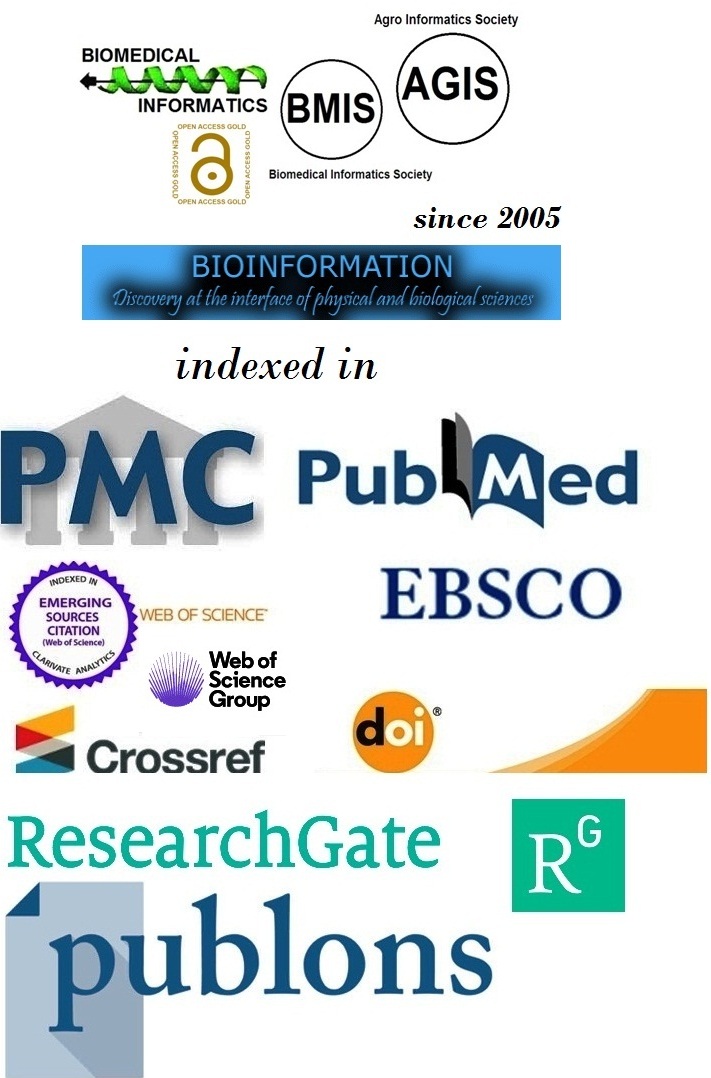Title
Antibiotic resistance in urinary tract infections: A study on trends and contributing factors in outpatient care among Indian patients
Authors
Ramya Sampathkumar1, R. Saranya2, Deepika Gnanasekaran3, Vanshikaa Thakran4, Haroon Aslam5 & Shoraf Pascal6,*
Affiliation
1Department of Internal Medicine, Blackpool Victoria Teaching Hospital, Blackpool, United Kingdom; 2Department of Community Medicine, Madha Medical College and Research Institute, Chennai, Tamil Nadu, India; 3Department of Internal Medicine, Hillingdon Hospital, London, United Kingdom; 4Medical officer, Promestha Clinic, Gurugram, Haryana, India; 5General Practitioner, Kasturba Medical College, Mangalore, Karnataka, India; 6Department of Community Medicine, Madha Medical College and Research Institute, Chennai, Tamil Nadu, India; *Corresponding author
Ramya Sampathkumar - E - mail: Ramyaasampathkumar@gmail.com; Phone no: +91 9585977011
Saranya R - E - mail: bsaranyar@gmail.com; Phone no: +91 9600048825
Deepika Gnanasekaran - E - mail: deepekasekar@gmail.com; Phone no: +91 9445650840
Vanshikaa Thakran - E - mail: vanshikaathakran@gmail.com; Phone no: +91 9999498889
Haroon Aslam - E - mail: haroonaslam15@gmail.com; Phone no: +91 8105103185
Shoraf Pascal - E - mail: drshorafbaylon@gmail.com; Phone no: +91 8056074632
Article Type
Research Article
Date
Received December 1, 2024; Revised December 31, 2024; Accepted December 31, 2024, Published December 31, 2024
Abstract
UTIs are quite a common infection in outpatient care; however, the rise of antimicrobial resistance raises considerable challenge. This study determines the trend of resistance among UTI pathogens and considers factors contributing to it, such as prescribing, which often occurs in an outpatient setting. It was a single-setting retrospective analysis of 80 outpatient UTI cases. This involved bacterial isolation, antimicrobial susceptibility testing, and analysis of potential factors that may have led to resistance, such as antibiotic prescribing and patient comorbidities. Descriptive statistics were therefore applied in SPSS for data analysis. The most common pathogen was Escherichia coli (70%) and exhibited significant resistance to trimethoprim-sulfamethoxazole at 30% and to fluoroquinolones at 22%. Extended-spectrum β-lactamase (ESBL)-producing strains comprised 8% of E. coli isolates. Higher resistance rates were associated with inappropriate antibiotic use (p = 0.001), frequent use of antibiotics (p = 0.004) and comorbid conditions such as diabetes (p = 0.002). The levels of resistance to antimicrobials in outpatient UTIs are rising, especially due to the inappropriate prescribing and health conditions. Improvement of stewardship of antibiotics and accuracy of diagnosis are required in controlling trends in resistance seen in outpatient care.
Keywords
Urinary tract infections, antimicrobial resistance, outpatient, escherichia coli, antibiotic stewardship, extended-spectrum β-lactamase.
Citation
Sampathkumar et al. Bioinformation 20(12): 1908-1912 (2024)
Edited by
A Prashanth
ISSN
0973-2063
Publisher
License
This is an Open Access article which permits unrestricted use, distribution, and reproduction in any medium, provided the original work is properly credited. This is distributed under the terms of the Creative Commons Attribution License.
